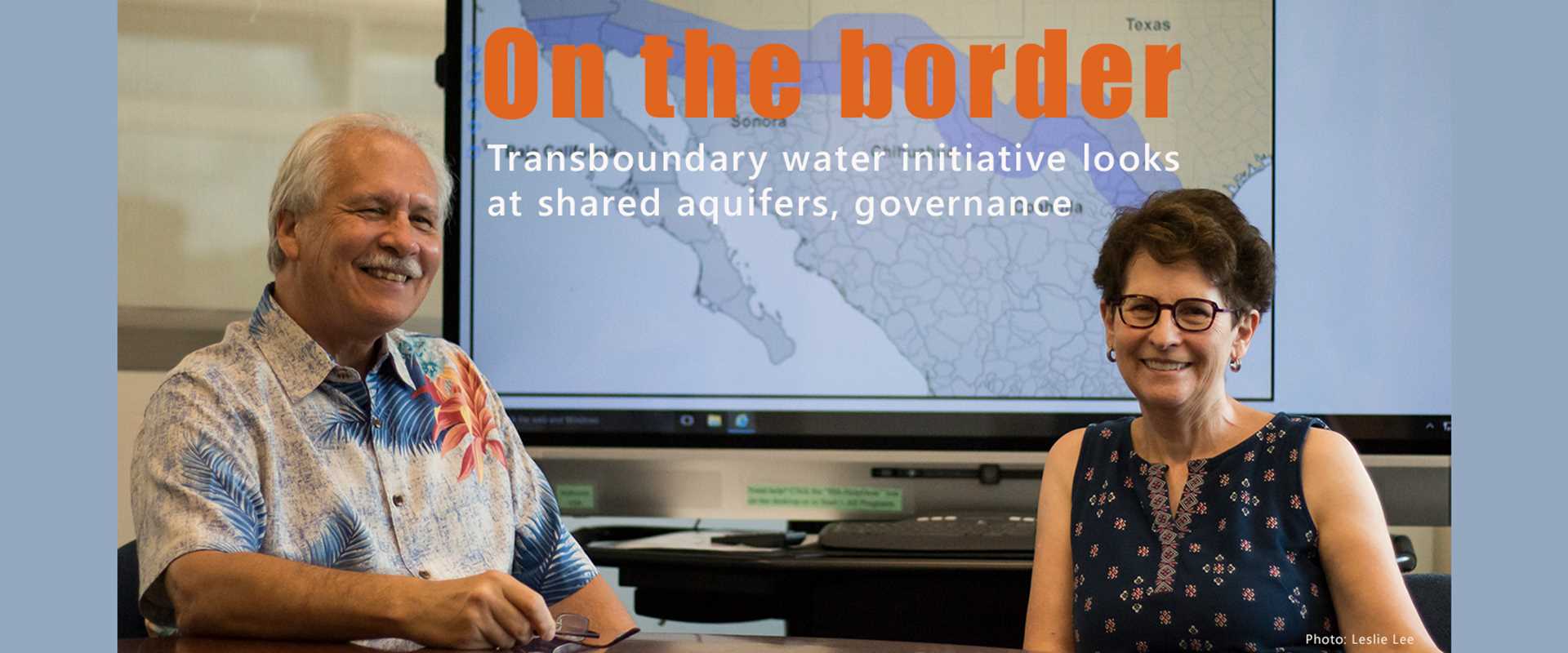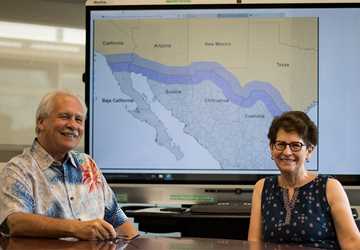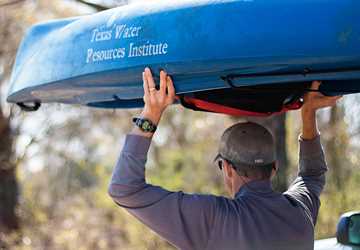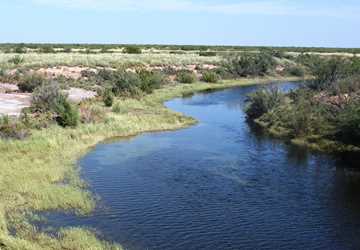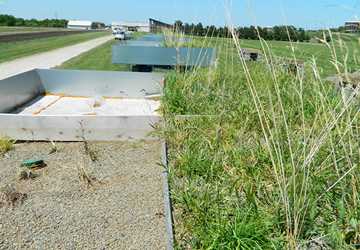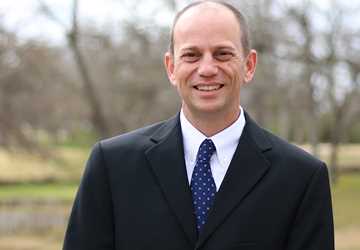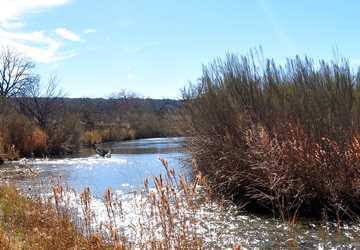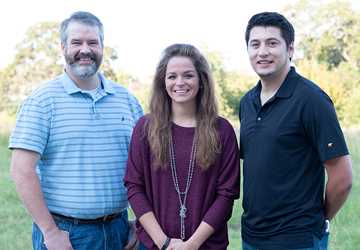Underneath the border of the United States and Mexico lie shared sources of water. Little is known about these waters or how the two countries manage these waters.
An interdisciplinary group of Texas A&M University System researchers is studying and mapping the quantity, movement and management of these shared waters to ultimately better understand their governance.
Drs. Kent Portney, Mary Hilderbrand and others in The Bush School of Government and Public Service, along with Gabriel Eckstein, a professor at the Texas A&M University School of Law, and Dr. Rosario Sanchez, a research scientist at the Texas Water Resources Institute, are involved in the work through the Bush School’s United States–Mexico Transboundary Water Governance Initiative.
Portney, professor and director of the Institute for Science, Technology and Public Policy at the Bush School, said the initiative has two related parallel projects, one focusing on water governance, policy and management specifically on the Texas-Mexico border and the other extending the analysis to the New Mexico and Arizona borders with Mexico.
He said the group wants to understand the laws and water rights regimes that operate on both sides of the border, as well as the governmental institutions and informal organizations involved, so they can better understand management of the competing water demands.
“Amazingly very little work has been done on governance of shared groundwater resources,” Portney said. “That is really the new piece we are adding to this.”
The danger is that when water is governed in a really decentralized way, made up of hundreds of individual decisions, it ends up depriving someone of water that they need.
Hilderbrand, senior lecturer and project director, said one of the group’s essential first steps is discovering exactly what aquifers the two countries share and their locations.
Sanchez has been working with Eckstein to map these transboundary aquifers. To date, they have identified potentially 36 different transboundary aquifers.
She said there is very little data quantifying these transboundary aquifers’ water and connectivity. Differences in methodology and language complicate the work.
“Mexico uses and recognizes a certain methodology to identify aquifers, and Texas uses another one,” Sanchez said. “We know the groundwater is there, but we are not certain of the quantity or quality or who is pumping it.”
Sanchez, along with Dr. Zhuping Sheng, director of the Texas A&M AgriLife Research and Extension Center in El Paso, are also continuing their transboundary aquifer work through the U.S. Transboundary Assessment Act Program funded by the U.S. Geological Survey.
The researchers’ work on identifying the aquifers will eventually result in one comprehensive map showing the location of groundwater on both sides of the border.
Hilderbrand said the group is also identifying the different governance institutions and people who make decisions about the water on both sides of the border to compile a database of decision-makers. Eventually, the group will survey these decision-makers to better understand their perceptions of risk, instances of cooperation and conflicts, and other factors.
Equipped with input from the survey and aquifer maps, the group plans to eventually develop recommendations based on sound science on ways to improve joint management and governance of the shared groundwater resources and promote cooperation between the two countries.
“Maybe we will see even cross-border public participation where people on one side of the border can have a say in decisions being made across the border that affect both sides,” Eckstein said.
Portney said this cooperation would reduce the likelihood that some people will get water at the expense of other people.
“The danger is that when water is governed in a really decentralized way, made up of hundreds of individual decisions, it ends up depriving someone of water that they need,” he said. “That is what motivates the study of governance — to see if there are better ways of governing to make decisions about water that improve the efficiency of the water usage.”
Explore this Issue
Authors
As the former communications manager for TWRI, Kathy Wythe provided leadership for the institute's communications, including a magazine, newsletters, brochures, social media, media relations and special projects.

